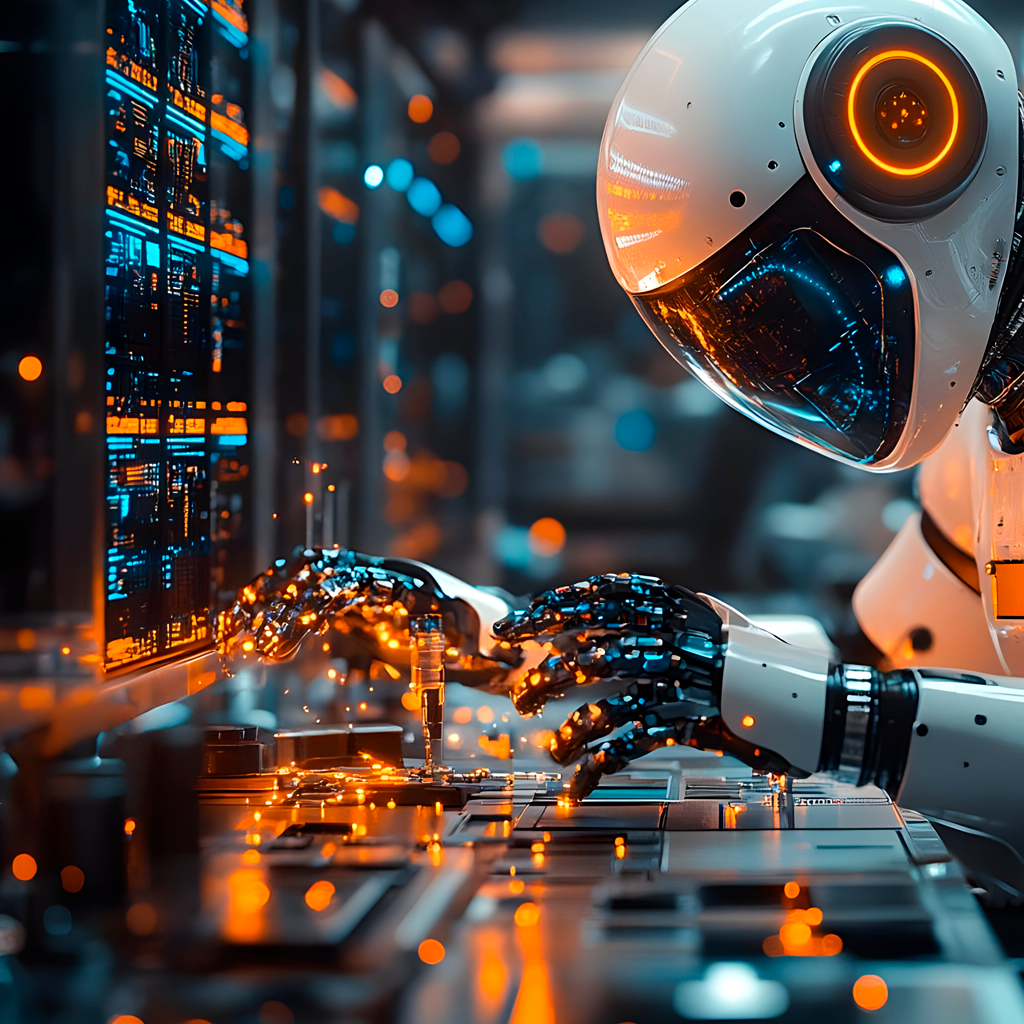Dedomena.AI enables the safe and scalable adoption of AI in IoT and robotics ecosystems by solving the synthetic data bottleneck. Whether optimizing smart grid operations or training warehouse robots, Dedomena.AI empowers organizations to innovate faster—without compromising privacy, IP protection, or operational security.
IoT and robotics are unlocking smart, autonomous
systems—from connected cities to automated
factories—yet collecting real-world data is costly,
slow, and often restricted by privacy and safety
concerns. Dedomena.AI removes these barriers by
generating high-fidelity synthetic datasets that
preserve statistical integrity without exposing
sensitive information.
Dedomena.AI’s end-to-end pipeline crafts realistic
sensor logs and event streams, enriches existing
telemetry, and streamlines model training. By
blending physics-based simulation with procedural
and generative methods, it delivers diverse, labeled
data across vision, time-series, and structured
formats—drastically cutting annotation time and
speeding up AI development.
From predictive maintenance and smart-home behavior
modeling to warehouse routing, drone simulations,
and robotic swarms, Dedomena.AI powers 20 key
applications. These use cases demonstrate how
synthetic data drives robust AI for coordination,
anomaly detection, digital twins, and compliance
testing—enabling secure, scalable automation.

Dedomena.AI delivers a privacy-first synthetic data platform for IoT and robotics, giving teams safe, scalable access to realistic device and sensor datasets. It powers AI-driven capabilities—from predictive maintenance and anomaly detection to autonomous navigation and multi-robot coordination—without ever exposing proprietary or sensitive data. Explore 20 transformative use cases where Dedomena.AI accelerates innovation across IoT and robotics ecosystems.
Dedomena.AI simulates operational sensor data from machines, enabling AI models to anticipate breakdowns and reduce downtime across robotics-driven factories.
Generate synthetic usage patterns of smart appliances, thermostats, and lighting systems to train adaptive home automation systems while protecting resident privacy.
Model synthetic IoT device telemetry to predict energy usage and optimize consumption in smart buildings or cities.
Dedomena.AI synthesizes structured outputs from multiple sensor streams (e.g., temperature, pressure, acceleration), supporting sensor fusion model development for robotics.
Use synthetic data to simulate item locations, robot paths, and load balancing to optimize warehouse robot performance and logistics.
Dedomena.AI enables simulation of electricity demand patterns from IoT devices across neighborhoods or regions to stress-test and plan smart grid responses.
Generate synthetic logs of normal and abnormal device operations to train anomaly detection models for security and maintenance purposes.
Simulate structured event logs representing safe and unsafe interactions between robots and humans in shared workspaces.
Enrich production line data with synthetic defect scenarios to improve AI models that predict quality failures in real-time.
Create synthetic communication and task delegation data for fleets of autonomous devices, improving model training for coordination and orchestration.
Use synthetic time-series telemetry to build predictive monitoring systems for infrastructure like bridges, pipelines, and power plants.
Generate synthetic biometric and device usage data for wearables to enhance early detection of health anomalies in a privacy-compliant manner.
Simulate environmental sensor inputs and operational data from agri-bots to optimize harvesting, irrigation, and pest control strategies.
Use synthetic datasets to simulate pollution, humidity, temperature, or vibration levels for predictive analytics in climate-sensitive regions.
When real-world data is scarce, Dedomena.AI supplies synthetic datasets to train AI models on edge devices with limited computational resources.
Simulate flight paths, telemetry, battery levels, and communication logs of drones in civilian or industrial use cases, excluding image/video data.
Generate synthetic data from smart shelf sensors to detect restocking needs, pricing changes, or shopper behavior patterns.
Model foot traffic and movement data from building sensors for space utilization, HVAC optimization, and safety protocols.
Use synthetic usage and interaction logs to test regulatory compliance and audit preparedness of connected products.
Train AI models for collective robotic behavior using synthetic coordination logs, task completion metrics, and environment interactions.
Check out some of our explanatory articles or
cross-industry
use cases to know more